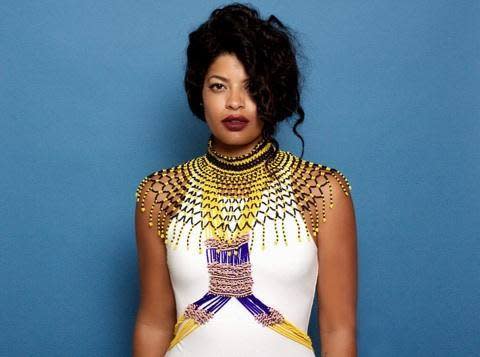Zulu beading is just amazing!
Zulu Bead Jewelry
Zulu bead jewelry (often referred to as trade beads) is not only beautiful but is also rich in tradition and cultural meaning. The hand made bead work is sold to tourist as gifts, and is an important income source for the Zulu people. Many of the tribes offer this type of
African jewelry for sale for women and for men. People who buy this type of jewelry are usually not aware of the meaning behind the colors and shapes found on the necklace, pendant, or other piece of jewelry they have purchased. On this page of Interesting Africa Facts we provide information on how the various designs and colors of the Zulu beadwork are used as symbols and the meanings behind these symbols.
How Zulu Bead Jewelry is Used For Communication Between Men and Women
Handmade Zulu bead work is a craft practiced by the women of the tribe. Usually older sisters pass down the tradition to their younger sisters. Men are not involved in the making of bead jewelry but they do wear bead work. Zulu beadwork almost always involves communication between the sexes in regards to relationships. The design and colors of the beadwork together convey a message. For example a particular beaded necklace worn by a women may inform men that she is unmarried. Communicating relationship status and sexual intentions in this subtle manner helps the Zulu people avoid awkward social situations such as an unmarried man approaching a married women.
Zulu Bead Jewelry - Designs and colors
The only shape used by the Zulu in their bead jewelry is the triangle. How the triangles are positioned within a particular beadwork signify different meanings. For example a triangle facing downwards signifies an unmarried women, a triangle facing upwards signifies an unmarried man. There are numerous variations of triangle positions and positions to other triangles each with a different meaning. The colors of the beads used also influenced the meaning of the message conveyed by the bead work. Unlike the shapes used in the bead work, which have set and constant meanings, the colors used can have positive or negative meanings. The seven main colors used by the Zulu craftswomen are green, blue, red, black, white, yellow, and pink. Each of these colors has a positive meaning, however the meaning can be altered by the context in which the beads are used within the jewelry piece. Below is a list of these seven colors along with the positive meanings associated with each followed by a list of each colors negative meaning.
Zulu Bead Jewelry Positive Meanings of Colors
- green - contentment, bliss
- blue - faithfulness
- red - strong emotion
- black - marriage
- white - love
- yellow - wealth
- pink - adds emphasis to a promise
Zulu Bead Jewelry Negative Meanings of Colors
Gonna make waist beads and the ones that go across the chest
Historians believe the African tradition of waist beads may have originated among the Yoruba tribes, now mainly in Nigeria. But the practice is also seen in West Africa, notably Ghana, where the beads signify wealth and aristocracy, as well as femininity. Waist beads are also found in other cultures, and while African and Islamic women typically keep them under wraps, some display the beads over their clothes or on bare midriffs, such as belly dancers in Eastern cultures.
Beads, which are typically worn at all times -- even while bathing or sleeping -- can serve as symbols of sensuality, fertility and rites of passage, passed down from mother to daughter. There are superstitions about pregnancy and the energies of the Earth. Some see them as conveyors of positive energy and healing. Some wear them strictly for fashion. And still others choose them for the very practical use of weight control -- when your beads are getting a little tight, it's time to back off that blueberry muffin.
source:
http://www.mercurynews.com/ci_21203332/african-waist-beads-age-old-tradition-makes-modern (my job is blocking the legit websites...if you know this statement is false please chime in)
buying this book:
Zulu Beadwork: Talk with BeadsPerfect by
Hlengiwe Dube(Author)









